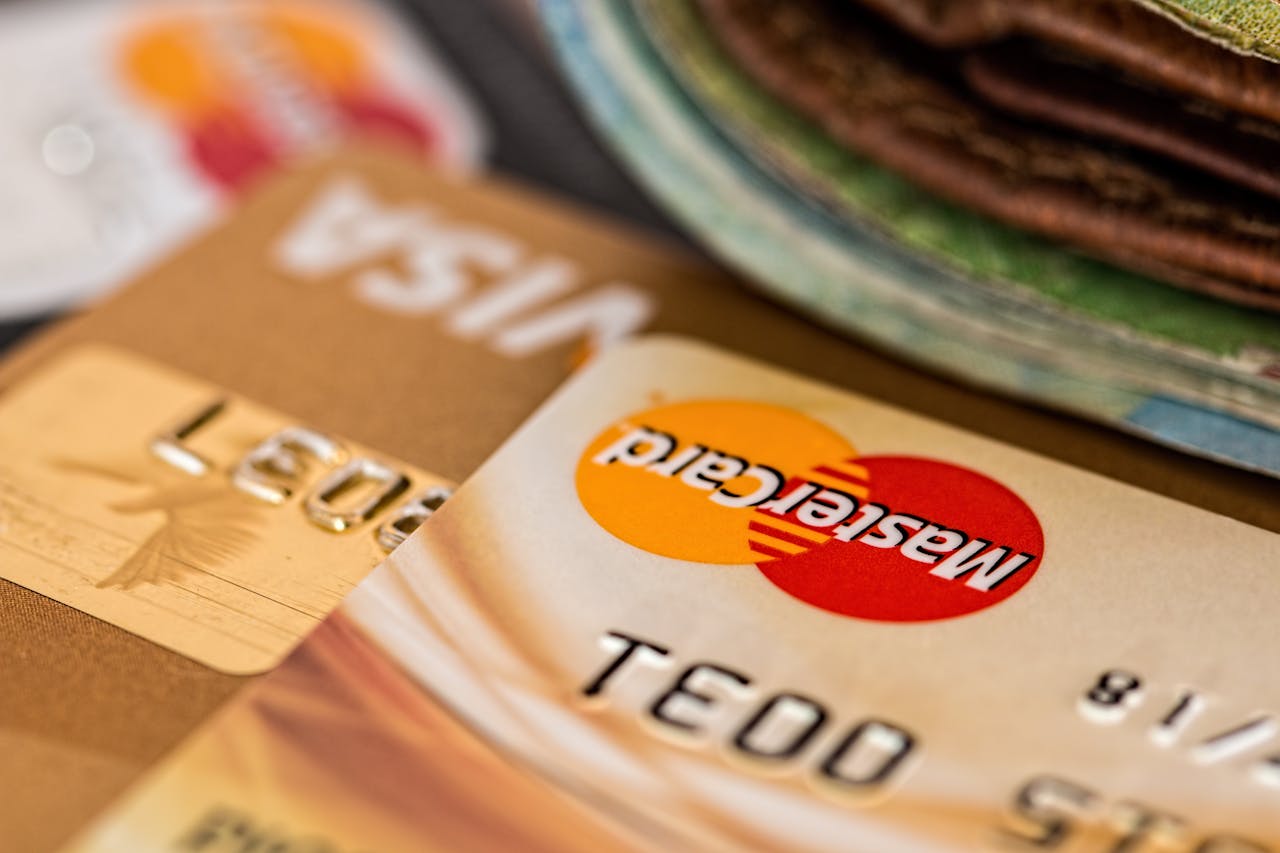11 Smart Ways to Trim Your Spending and Boost Monthly Savings

Saving money doesn’t have to mean completely sacrificing your lifestyle. With a few smart adjustments, you can easily cut back on unnecessary expenses and increase your monthly savings without feeling deprived. Whether you’re looking to build an emergency fund, pay off debt, or save for a big purchase, these 11 practical tips will help you trim spending and achieve your financial goals. Each of these strategies is designed to fit seamlessly into your everyday routine, so you can start saving immediately.
1. Track Your Spending

The first step to saving money is understanding where it’s going. By tracking your spending, you can identify areas where you’re overspending or spending mindlessly. Use budgeting apps like Mint or YNAB (You Need a Budget) to get a detailed overview of your expenses. Once you have a clear picture of your financial habits, you can make informed decisions on where to cut back. This simple practice can reveal opportunities to save hundreds of dollars each month, especially on impulse buys, subscriptions, and dining out.
2. Cancel Unused Subscriptions

In today’s digital age, it’s easy to subscribe to services we don’t actually use. Streaming platforms, magazine subscriptions, and fitness apps can silently drain your bank account over time. Take inventory of all your subscriptions and cancel any that no longer serve a purpose. If you only use a service occasionally, consider downgrading to a cheaper plan or sharing it with a friend or family member. Many people are surprised by how much they save simply by cutting out unnecessary subscriptions.
3. Cook at Home More Often

Dining out can take a big chunk out of your monthly budget. On average, eating at restaurants or ordering takeout costs three to four times more than preparing meals at home. To save money, plan your meals for the week and cook in batches. Not only will you spend less, but you’ll also have more control over the quality and nutrition of your meals. Start with simple, budget-friendly recipes and consider investing in meal prep containers to make it easier to pack lunches for work or school.
4. Shop With a Grocery List

Impulse purchases at the grocery store can quickly add up. Before heading to the store, create a detailed shopping list based on your meal plan for the week. Stick to the list and avoid wandering down aisles that aren’t relevant to what you need. Additionally, consider using cashback apps like Ibotta or Rakuten for grocery purchases. By sticking to a planned list and using tools that reward your shopping, you’ll minimize unnecessary spending while still getting the best deals.
5. Cut Down on Utility Bills

Reducing your utility bills is a surefire way to boost your savings. Simple changes like turning off lights when leaving a room, using energy-efficient bulbs, and adjusting your thermostat by a few degrees can make a noticeable difference. You can also invest in smart plugs or thermostats, which help monitor and manage your energy usage more effectively. Reducing water consumption by taking shorter showers or fixing leaks is another easy way to lower your monthly expenses and save money.
6. Buy Generic Brands

While brand-name products can be tempting, they’re often more expensive than generic alternatives, without offering much difference in quality. From groceries to household items, many generic products provide the same benefits as their branded counterparts for a fraction of the cost. This small shift in shopping habits can result in significant savings over time. Just compare labels to ensure that the quality and ingredients meet your standards, and enjoy the extra cash in your pocket.
7. Limit Impulse Purchases

We’ve all been guilty of impulse buying, whether it’s grabbing that extra pair of shoes on sale or clicking “buy now” for something we don’t really need. These small purchases add up over time and can derail your savings goals. To avoid impulse spending, give yourself a cooling-off period before making non-essential purchases. Waiting 24 hours to decide if you really need an item helps curb emotional spending and gives you time to reconsider whether it fits your budget.
8. Use Cashback and Rewards Programs

Taking advantage of cashback apps and rewards programs is an effortless way to save on purchases you were already planning to make. Apps like Honey, Swagbucks, and TopCashback help you earn rebates on everyday purchases, while credit cards with cashback or rewards programs provide points that can be redeemed for travel, gift cards, or statement credits. Just be sure to pay off your credit card balances in full each month to avoid interest charges that negate your savings.
9. Negotiate Bills and Fees

Many people don’t realize that some bills and fees are negotiable. From cable and internet services to medical bills and insurance premiums, you may be able to lower your monthly payments simply by asking. Call your service providers and ask if they have any current promotions or lower-cost plans. You can also compare competitor rates to strengthen your negotiation. In some cases, even a modest reduction can free up extra money each month, so it’s worth taking the time to make these calls.
10. Switch to a High-Interest Savings Account

Where you keep your savings can make a big difference in how quickly they grow. Traditional savings accounts often have very low interest rates, which means your money isn’t working as hard as it could be. By switching to a high-interest online savings account, you can earn significantly more on the same balance. These accounts often come with no monthly fees and higher rates than brick-and-mortar banks, helping you grow your savings faster with minimal effort.
11. Delay Big Purchases

If you’re planning a major purchase like a new appliance, a vacation, or a car, waiting a few months can save you money. Big-ticket items frequently go on sale during certain times of the year, such as holiday weekends or end-of-season clearance events. By delaying your purchase until the best sales period, you can avoid paying full price. During this waiting period, you can also reevaluate whether you really need the item, which can help you make more mindful and budget-conscious decisions.
Final Thoughts

Saving money doesn’t have to be a burden or involve drastic changes. By implementing these 11 smart strategies, you can easily trim your spending and boost your monthly savings without compromising your quality of life. Whether it’s cutting back on utilities, canceling unused subscriptions, or taking advantage of cashback programs, every small change adds up over time. Start with one or two of these tips, and before you know it, you’ll see a noticeable difference in your savings account. These actionable strategies not only improve your financial health but also offer long-term peace of mind.
Leave a Reply